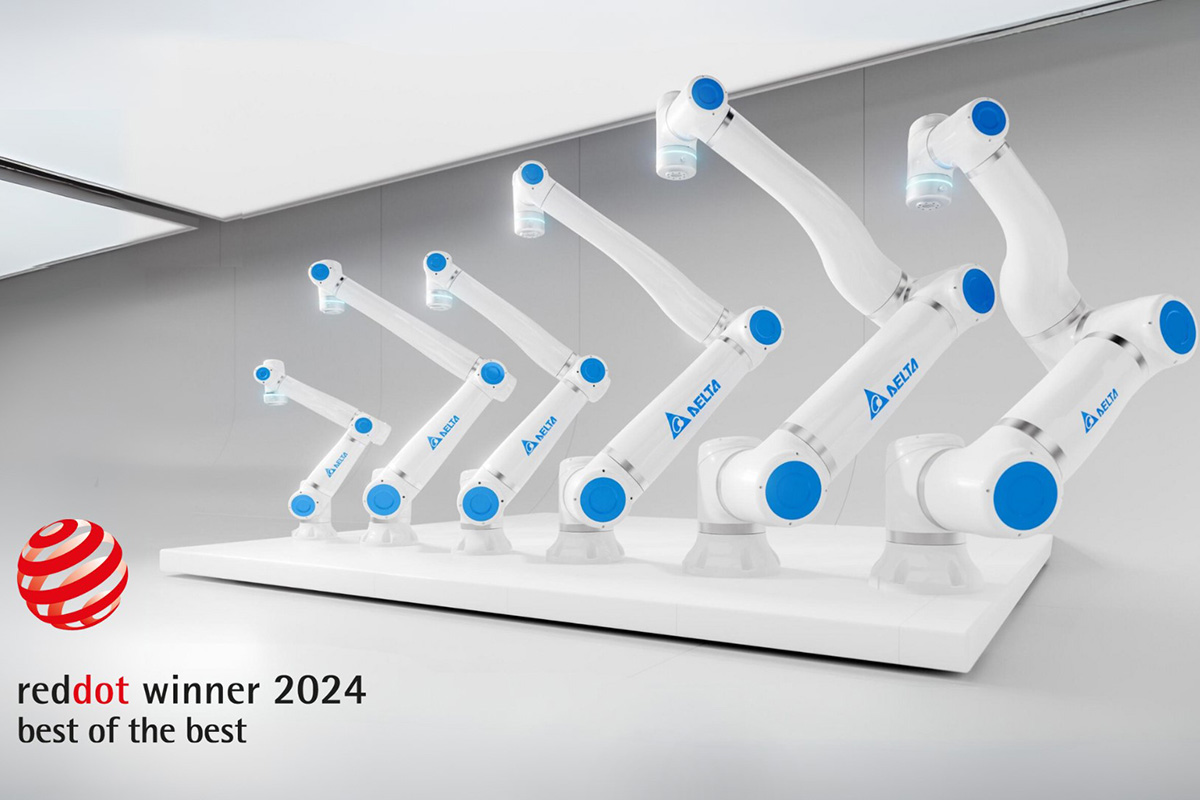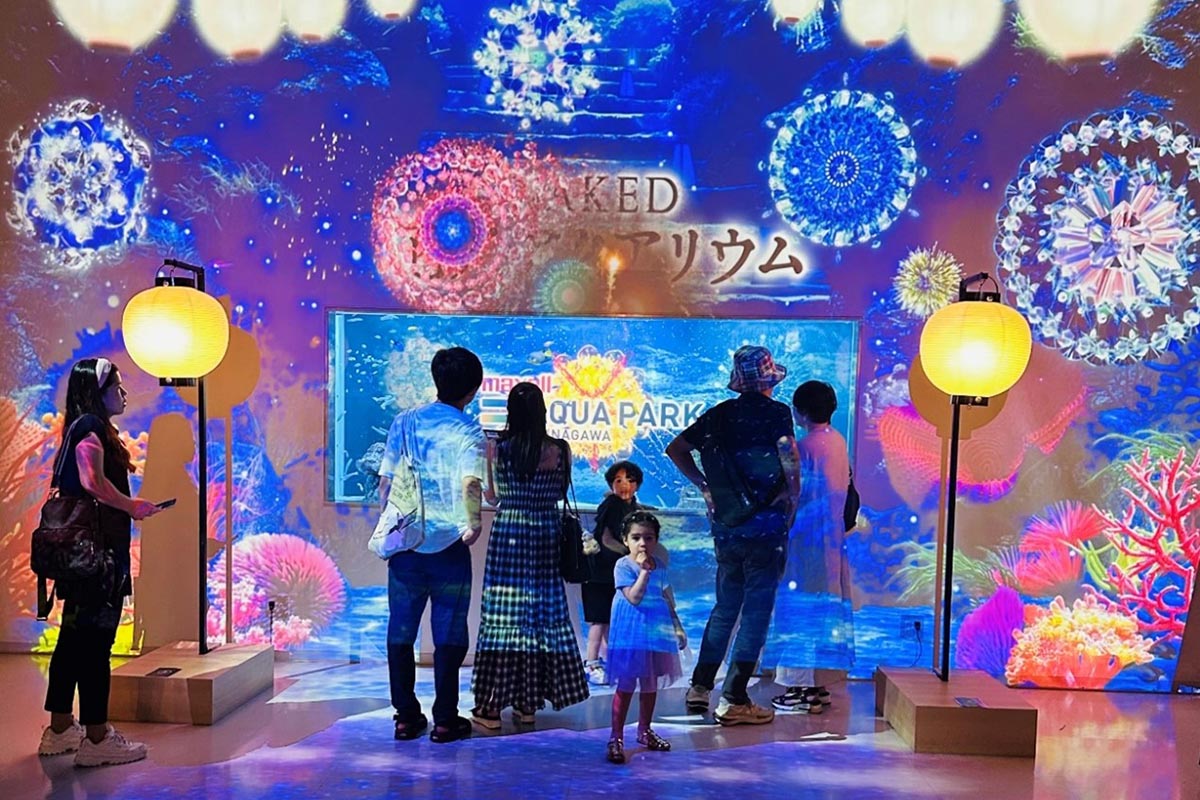To echo the double carbon goals and promote technological innovation and practical application in the field of solar energy building design, the Delta Cup International Solar Energy Building Design Competition conducted construction field research activities for the first time. The members included experts in the field of architecture, university professors, competition participants, and previous award-winning teams. The field research focused on the construction project of the 2015 Delta Cup Competition, the "24 Courtyards of Mt. Riyue" in Tuergan Village, Huangyuan County, Xining City, Qinghai Province. The courtyards were constructed according to local conditions, making good use of solar resources and utilizing passive solar energy technologies, photovoltaic power generation technologies, solar water heating technologies, and smart microgrid systems to "Achieve energy self-sufficiency ". It was listed as a project under the "Science and Technology Promotion New Rural Construction Plan" in Qinghai Province, demonstrating the promotion of technological innovation to support the construction of new rural areas. The research team conducted in-depth investigations of the courtyards, focusing on the practical application of solar energy architectural design, and held seminars with the theme of "Integration of Traditional Regional Farmhouses and Renewable Energy Applications". The aim was to promote the application of renewable energy in buildings, bringing technology into daily life and benefiting the people.
 The "24 Courtyards of Mt. Riyue" is the design of the first, second, and third prizes, as well as the excellent prize, in the 2015 Delta Cup competition. It is the first award-winning design to be demonstrated as a group for construction.
The "24 Courtyards of Mt. Riyue" is the design of the first, second, and third prizes, as well as the excellent prize, in the 2015 Delta Cup competition. It is the first award-winning design to be demonstrated as a group for construction.
Former Deputy Director of the Science and Technology Department of Qinghai Province, Zhou Wei-Xing, expressed gratitude to China Architecture Design & Research Group and Delta for providing a platform through the competition, allowing many excellent achievements to take root under the mountains of Qinghai, and showcasing new achievements and technologies in integrated renewable energy in architecture.
According to Zhong Ji-Shou, the Chief Engineer of the China Architecture Design & Research Group, the implementation of the 2015 competition results not only resolves the conflict between humans and nature, but also brings about changes in the lifestyle of local farmers and herdsmen. It also echoes rural revitalization and effectively preserves the local Tibetan traditional culture.
Delta's chief brand officer Shan Shan Guo said, "Delta's support for the competition is aimed at promoting green buildings, cultivating green design talents, and allowing more people to experience the benefits of green buildings, while helping the Earth save energy and reduce carbon emissions. Delta will also continue to strive to develop smart and energy-efficient building solutions."
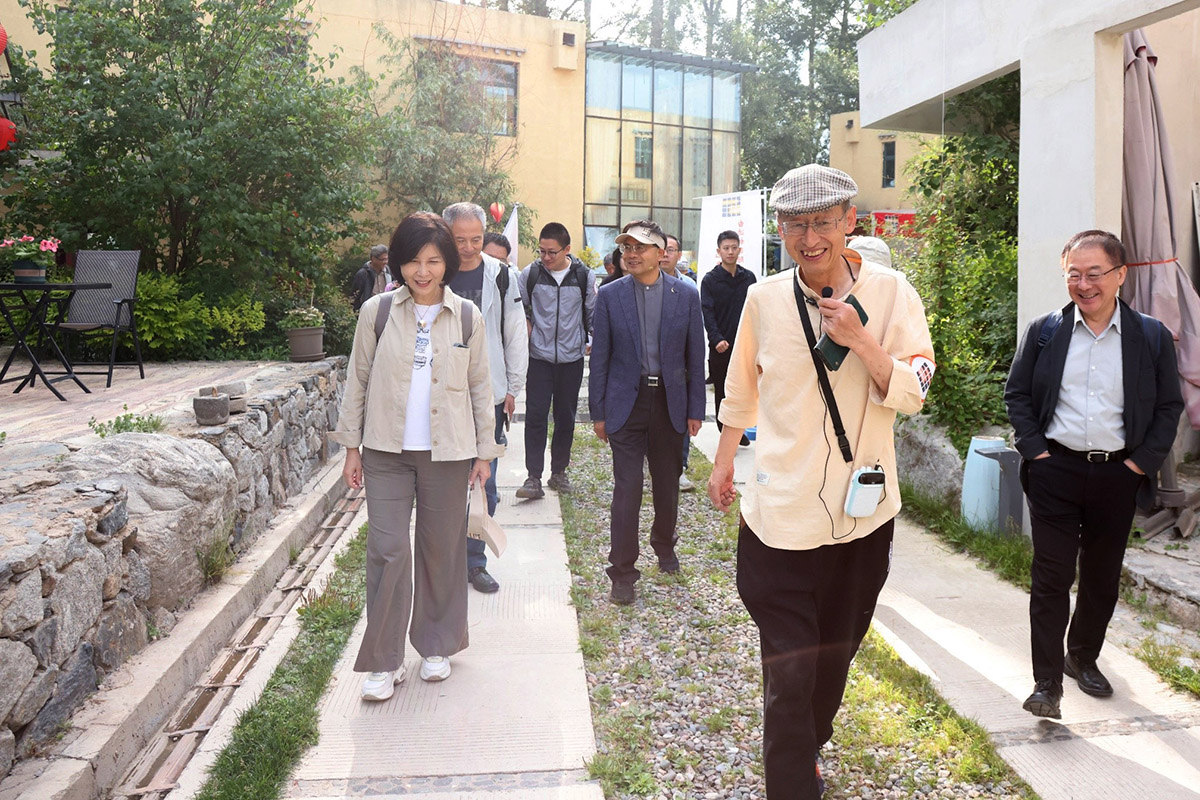 Shang Xuanping, president of Qinghai Branch of Shannxi Architectural Design and Research Institute (second from the right), led a research group to investigate courtyards.
Shang Xuanping, president of Qinghai Branch of Shannxi Architectural Design and Research Institute (second from the right), led a research group to investigate courtyards.
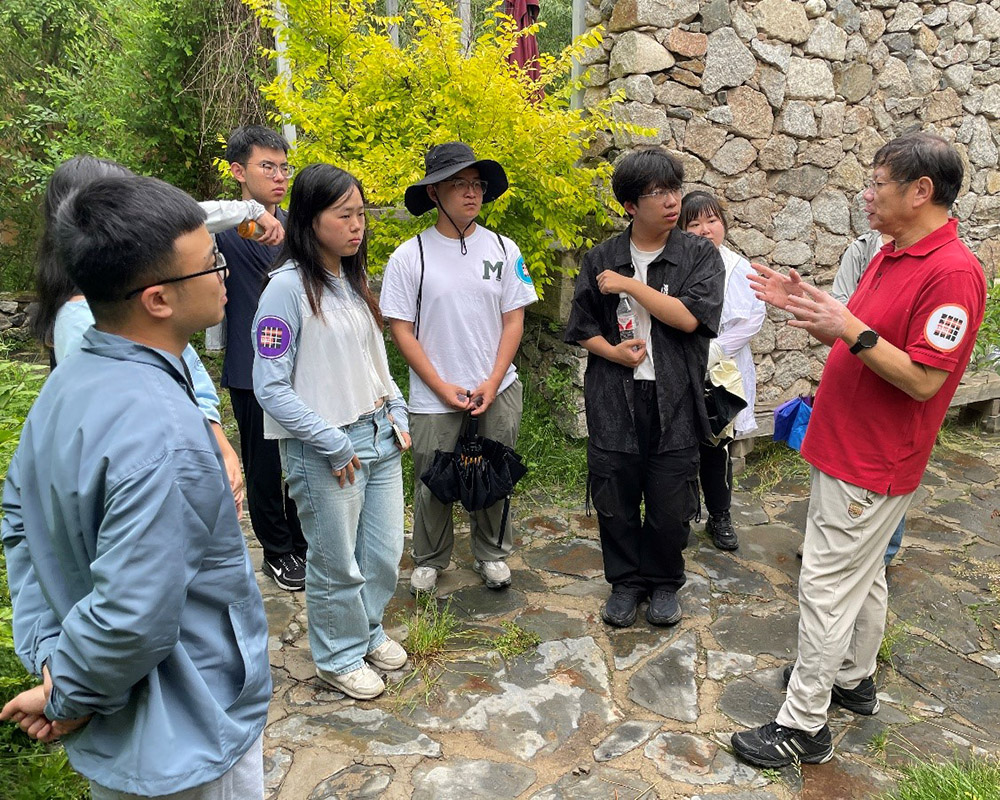 The research team conducted in-depth research in the TuErGan New Village and the Old Village, analyzing the local natural and cultural environment.
The research team conducted in-depth research in the TuErGan New Village and the Old Village, analyzing the local natural and cultural environment.
Delta's chief sustainability officer and spokesperson Jesse Chou said, "Delta actively responds to the double carbon goals. In 2021, it has already achieved the science-based target (SBT) of a 56.6% decrease in carbon intensity by 2025. Delta also commits to achieving 100% usage of renewable electricity and carbon neutrality for its global network by 2030, and a long-term strategy and goal of achieving net-zero emissions by 2050. Since 2006, Delta has been continuously building and donating 35 green buildings and 2 green data centers worldwide."
Shang Xuanping, president of Qinghai Branch of Shannxi Architectural Design and Research Institute shared that courtyards originated from the 2012 relocation plan for farmers and herdsmen in Tuergan Village. In order to revitalize the gradually declining old village, they obtained multiple design proposals with traditional architectural cultural characteristics through the Delta Cup competition. Later, it was successfully built and became China's first energy self-sufficient homestay settlement, employing villagers to work in the homestays and driving the local economy.
The research team conducted in-depth investigations into the on-site construction projects of TuErGan New Village, Old Village, and the award-winning competition schemes. The four teams completed nearly 200 pages of textual reports, presenting an analysis of the relevant characteristics and current issues of courtyards and Tuergan Village, and providing targeted recommendations.
The Delta Cup International Solar Building Design Competition is organized by the International Solar Energy Society, China Construction Technology Consulting Co.,Ltd. Academia Sinica, and China Architecture Design & Research Group, with the National Housing and Residential Environment Engineering Technology Research Center as the organizer. Delta has been the title sponsor since 2006. To date, the competition has attracted more than 10,732 teams from over 90 countries and regions, submitting 2,254 valid works, with a total of 5 projects implemented.
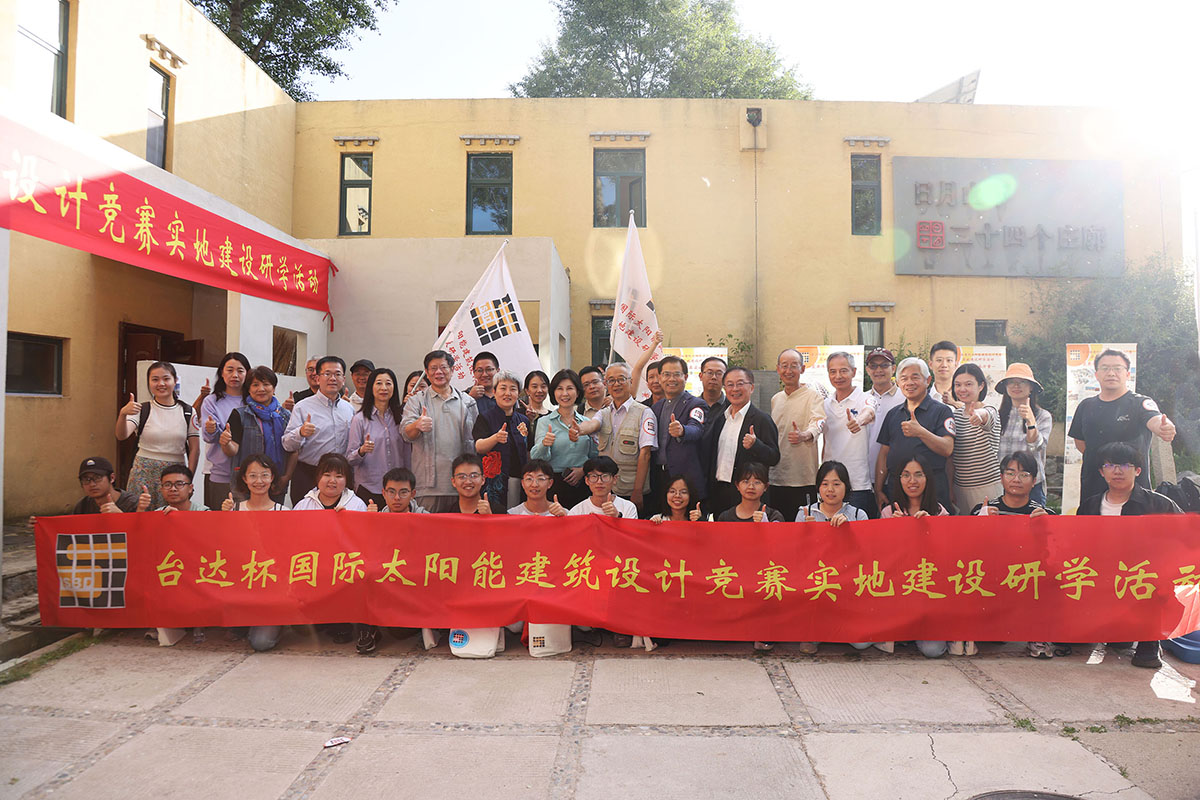 Experts in architecture, university professors, competition participants, previous award recipients, and media jointly participate in the Qinghai research tour.
Experts in architecture, university professors, competition participants, previous award recipients, and media jointly participate in the Qinghai research tour.
 The Delta Cup competition launched the first construction field research tour in Qinghai. Zhou Wei-Xing, former Deputy Director of the Science and Technology Department of Qinghai Province (third from the left), Zhong Ji-Shou, the Chief Engineer of the China Architecture Design & Research Group (second from the left), Shan-Shan Guo, Delta’s Chief Brand Officer (fourth from the left), Jesse Chou, Delta's Chief Sustainability Officer and Spokesperson (first from the left), and Zhang Lei, director of China National Engineering Research Center for Human Settlements (fifth from the left), together with Shang Xuanping, president of Qinghai Branch of Shannxi Architectural Design and Research Institute (sixth from the left), participated in the inauguration.
The Delta Cup competition launched the first construction field research tour in Qinghai. Zhou Wei-Xing, former Deputy Director of the Science and Technology Department of Qinghai Province (third from the left), Zhong Ji-Shou, the Chief Engineer of the China Architecture Design & Research Group (second from the left), Shan-Shan Guo, Delta’s Chief Brand Officer (fourth from the left), Jesse Chou, Delta's Chief Sustainability Officer and Spokesperson (first from the left), and Zhang Lei, director of China National Engineering Research Center for Human Settlements (fifth from the left), together with Shang Xuanping, president of Qinghai Branch of Shannxi Architectural Design and Research Institute (sixth from the left), participated in the inauguration.












